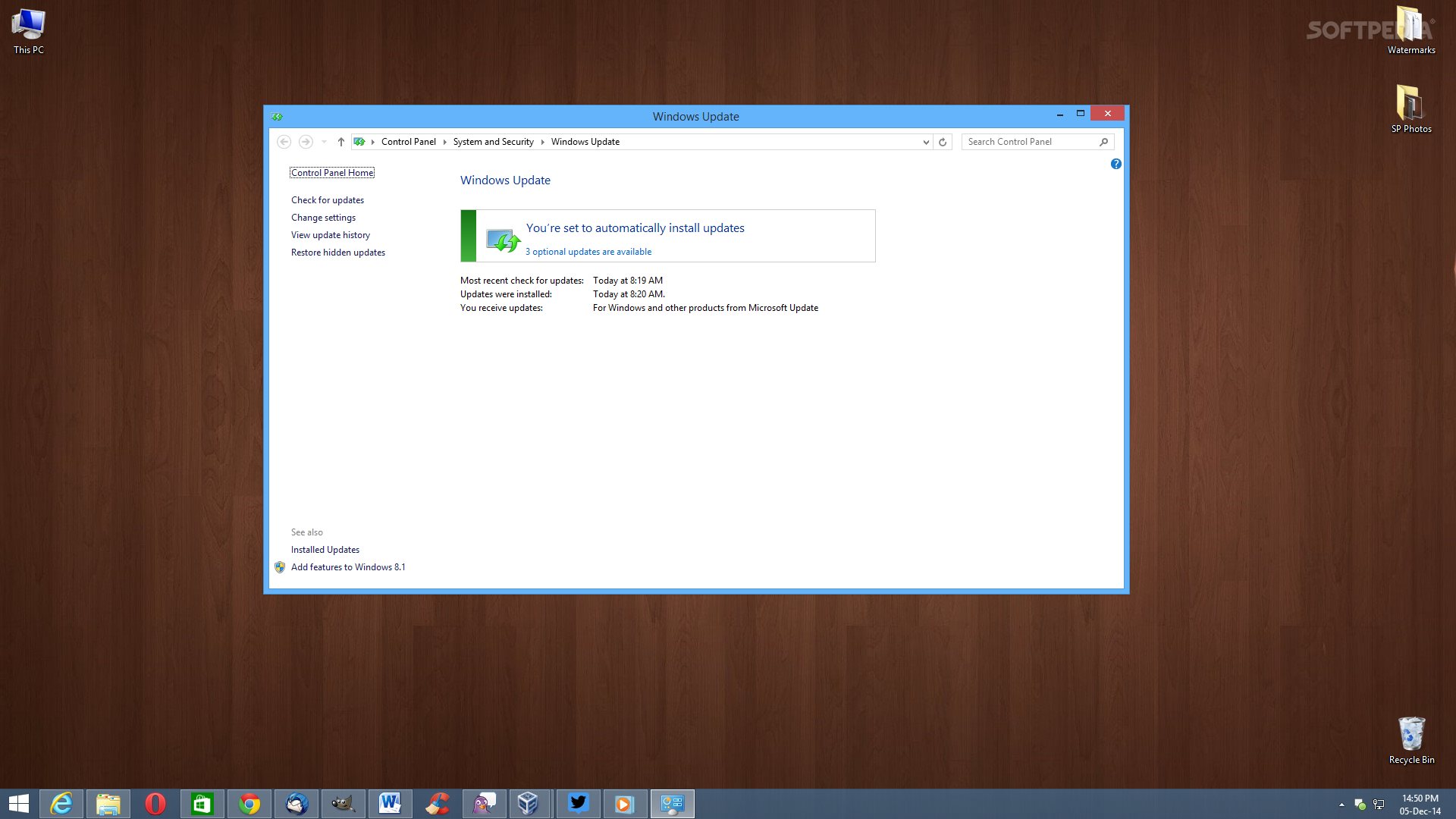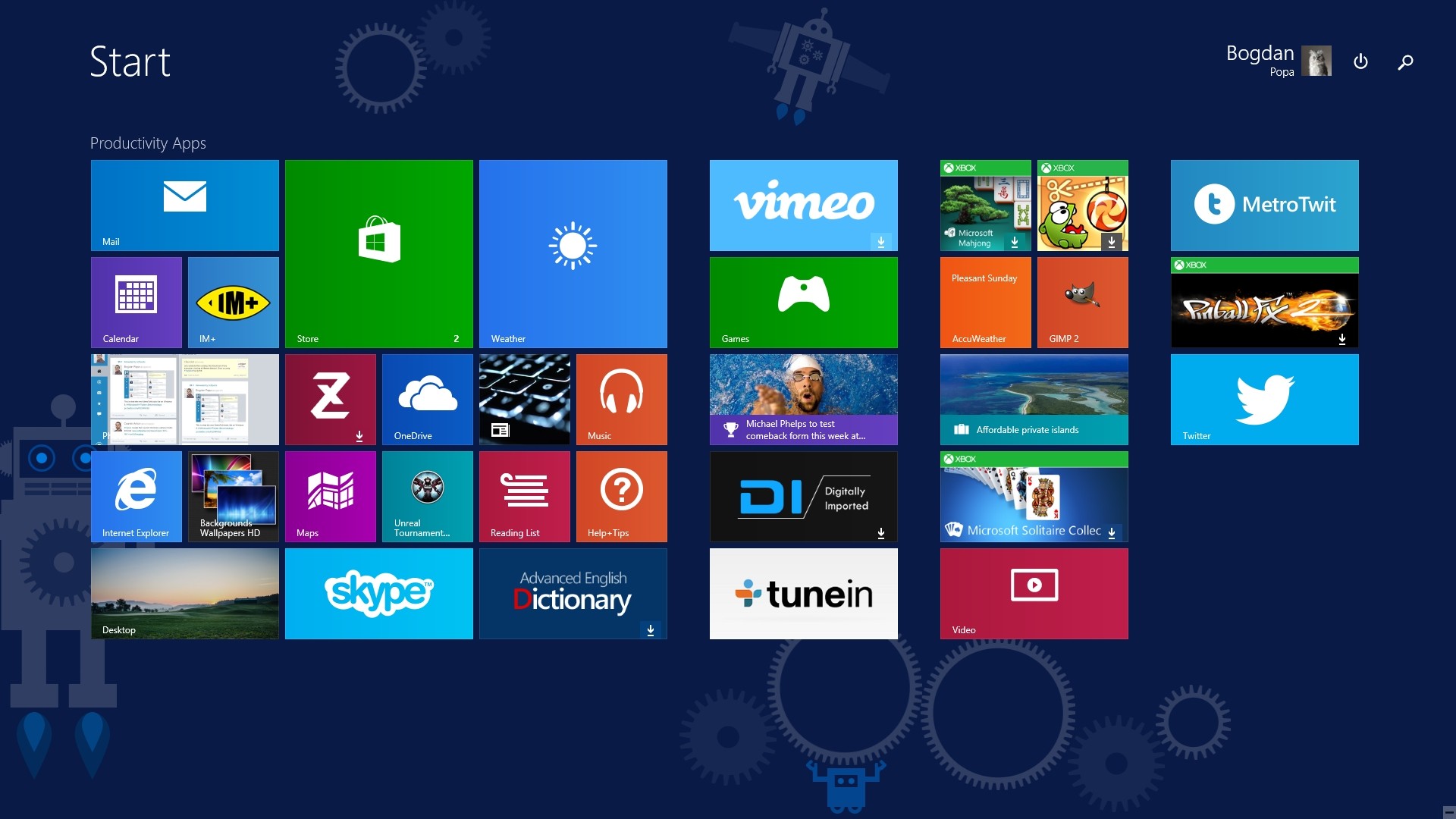

- #Windows critical updates how to#
- #Windows critical updates install#
- #Windows critical updates update#
- #Windows critical updates download#
The Microsoft Web site contains links to these two sites, and they are currently located at and, respectively, which addresses are entirely subject to change-Murphy's Law, right?
#Windows critical updates update#
You can find hot fixes and security updates in two places: the Microsoft security Web site and Microsoft Windows Update site. Although these changes do eventually make their way into service packs, you'll often find that critical fixes must be deployed either to resolve problems you're experiencing or to close security gaps.
Now, navigate to C:\Windows\System32 and Search for folders labeled catroot2 and, catroot2.Hot fixes and security updates to the operating system are made available in between service packs. Select all the files in the folder and Delete them. Now go to the drive where the Windows update files are. Press the Windows Key + E to open the File Explorer. Now, to remove the files from your system, follow these steps: Right click on Cryptographic Services. Right click on Background Intelligent Transfer Service. Scroll down and stop the following services one by one. Type services.msc in the dialogue box to open Services. First, press the Windows Key + R to open Run. To remove the update files, we will need to stop some Windows services: Completely deleting the update files and re-downloading them may fix the update issue from your system. #Windows critical updates download#
During the download process sometimes, the update file themselves may be corrupted. Removing the update files from the system can also fix the error. Your device will reboot while attempting this fix. Note: Save any ongoing work and close all programs before attempting.
After a successful update, boot your device again normally and check for any issues. #Windows critical updates install#
If your device has downloaded the update files, click on the Install now button to try reinstalling the updates. This will prompt Windows to download updates on your device. If there is no update available, click on the Check for Updates button. On the left pane, click on the Windows Update. After the device restarts, press F5 to boot your device in Safe Mode with Networking. In the next menu, click on the Restart button. In Choose an option, select Troubleshoot> Advanced options> Startup Settings. Your device will now boot into the Recovery Environment. In the Recovery menu, go to Advanced Startup and click on the Restart now button. Click on the System tab and then click on Recovery. If using the troubleshooter did not solve the issue, you can try and update your device from safe mode by booting in Windows’s Recovery Environment (WinRE). After performing the scans, restart your device and try to update it again. Your device will now execute a system file check scan. After performing a DISM scan, type the following command and press Enter. Now, type the following to perform a system health restoreĭism.exe /Online /Cleanup-Image /Restorehealth. On the console, type the following to scan the system’s health. Type cmdin the dialogue box and press the Ctrl + Shift + Enter keys to open command prompt with administrator access. If the Window Update services are corrupted, DISM and SFC scan might help you fix the services. Performing a System File Checker or SFC scan helps repair or restore corrupt and damaged files in your system. Perform DISM and System File Checker Scan #Windows critical updates how to#
Otherwise, the troubleshooter will suggest some fixes on how to fix it. Restart your device and check if the issue is resolved. The troubleshooter will open a new window and start scanning the system for problems.

Search/ Locate Windows Update and click on Run to start the troubleshooter.In the troubleshoot menu, click on Other Troubleshooters.Click on the System tab located on the left.Press the Windows Key + I to open Settings.The troubleshooter will try to find and fix issues regarding the update. The first fix for “Failure Configuring Windows Update Reverting Changes” is to go through the troubleshooter. To fix these, we have compiled a list of 5 fixes to help you get rid of the error message. However, there can be other reasons such as corrupt system files that may be causing this problem to appear in the system. The most effective fix for this issue is to re-download the Windows update files and then attempt to install them again in the system. How to Fix “Failure Configuring Windows Update Reverting Changes” in Your Device? Change in hardware components during the update.Manually attempting to update the device.


There can be a number of reasons why this error message pops off.








 0 kommentar(er)
0 kommentar(er)
